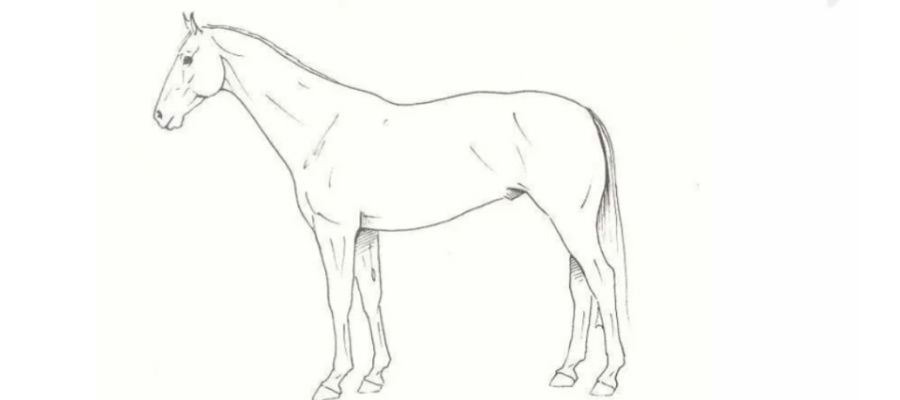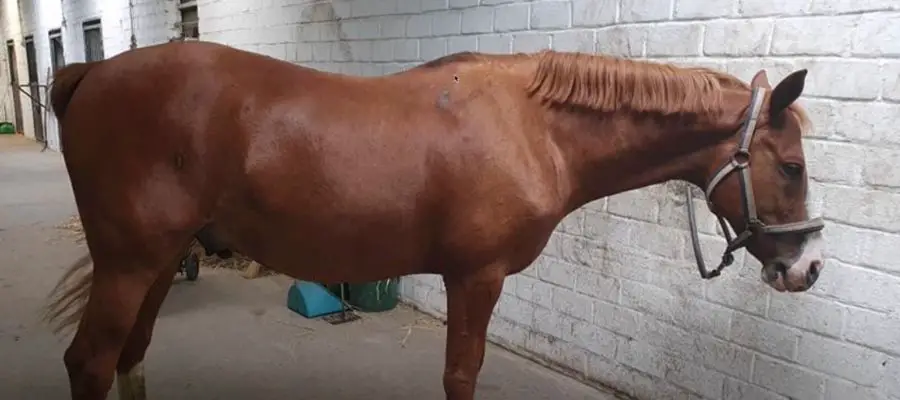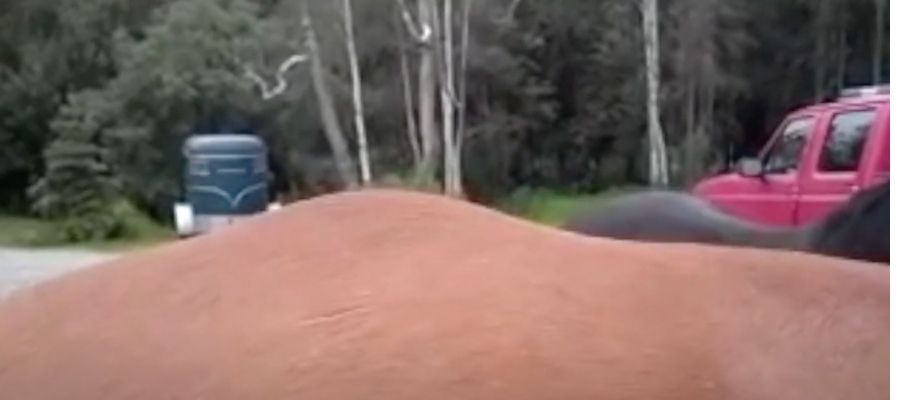People have been using slang terms such as roach coach or horse roach back for a long time. But interestingly, cockroaches have nothing to do with them in true essence. However, because cockroaches have a slight convex body, horses with kyphosis are called horse roach back.
Horse roach back or kyphosis is a structural abnormality in horses caused by excessive upward backbone bending. The lumbar spine is the most affected area, followed by the thoracic spine. Roach back in horses can be congenital or secondary due to repetitive functional abuse. Old horses are especially vulnerable to a roach back’s functional or pathological types and are often difficult to treat.
Like human beings, animals too suffer from congenital malformations that may make them appear quite different from the rest of their peers. Similarly, horses have a unique malformation known as horse roach back. Interestingly, this malformation can be congenital and be acquired late in life for many reasons, discussed in the blog below.
What is horse roach back?
Horses are born to run and race. However, unlike donkeys or mules that can carry a lot of weight on their back, horses can seldom do that. This is because the length of a horse’s back is longer than donkeys, and when the back is stressed with a heavyweight, it is prone to bending.
The horse compensates for the bending by flexing the lumbar spine by contracting the muscles. However, it permanently flexes the spine in the long run, giving it a structural abnormality.
Horses also suffer from congenital abnormalities like limb contraction, cleft palate, and congenital kyphosis or roach back.
The congenital roach back in horses is due to lumbar vertebral hypoplasia (Reference). This weakens the backbone, and it bends inward from one side while elevating from the other, forming a hump.
Horse roach back is a structural and functional backbone abnormality in which the back of the horse appears protruded, giving it a characteristic hump. Roach back also makes the saddle challenging to fit.
Horses suffering from roach back or swaying also have neurological deficits like limb ataxia and difficulty walking. This is because the vertebra exerts pressure on nerves causing them to malfunction.
Causes of Roach back in horses
Roach back in horses is not a common phenomenon. There are no studies to show the prevalence of kyphosis.
However, the following are the causes of a roach back in horses,
- Congental backbone abnormality
- Patholgical horse roach back due to disease process such as osteporoisis or osteoarthirits
- Functional causes such as abuse, heavy weight loading and childhood traums
Pictures of roach back horse
Here are a few pictures of roach back horse




Is Roach back in horses treatabale?
As mentioned above, there are different causes of a roach back in horses. Some of the causes are treatable, while others have got poor results.
The congenital kyphosis is usually challenging to treat and usually has poor results. However, these roached back horses can keep working if kept with extreme care.
The horses with a pathological roach back need proper workup, x-ray, and blood tests to identify the cause. After that, proper treatment is given in medication and prostheses.
The functional type of roach back in horses, if identified early, is usually reversible with osteopathy and exercise. Moreover, you must remove the cause of functional roach back in horses.
Other treatment options for roached back horses include specialized surgeries and consultations.
Additional Read!